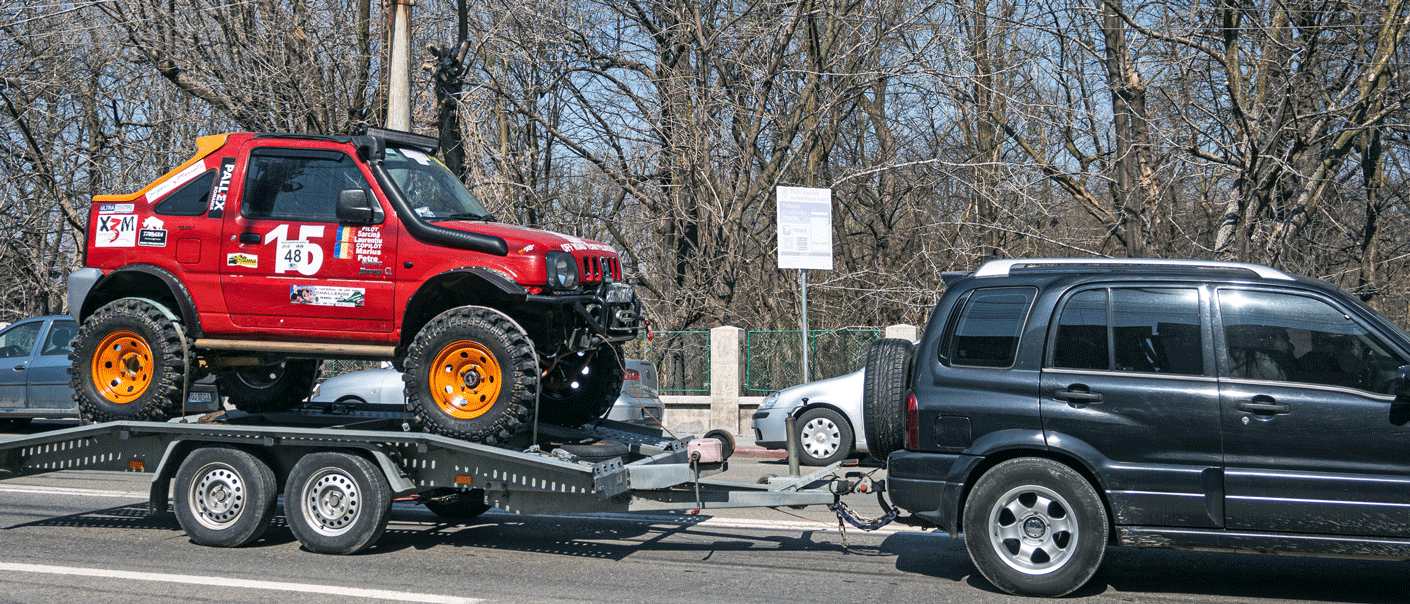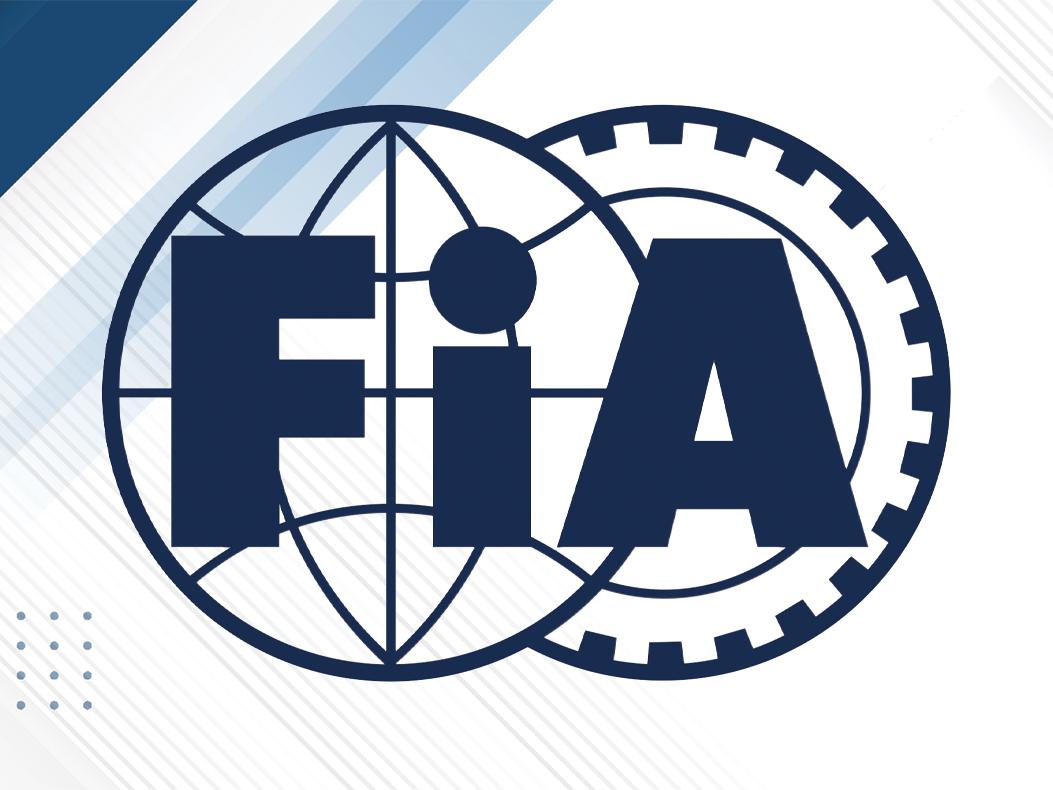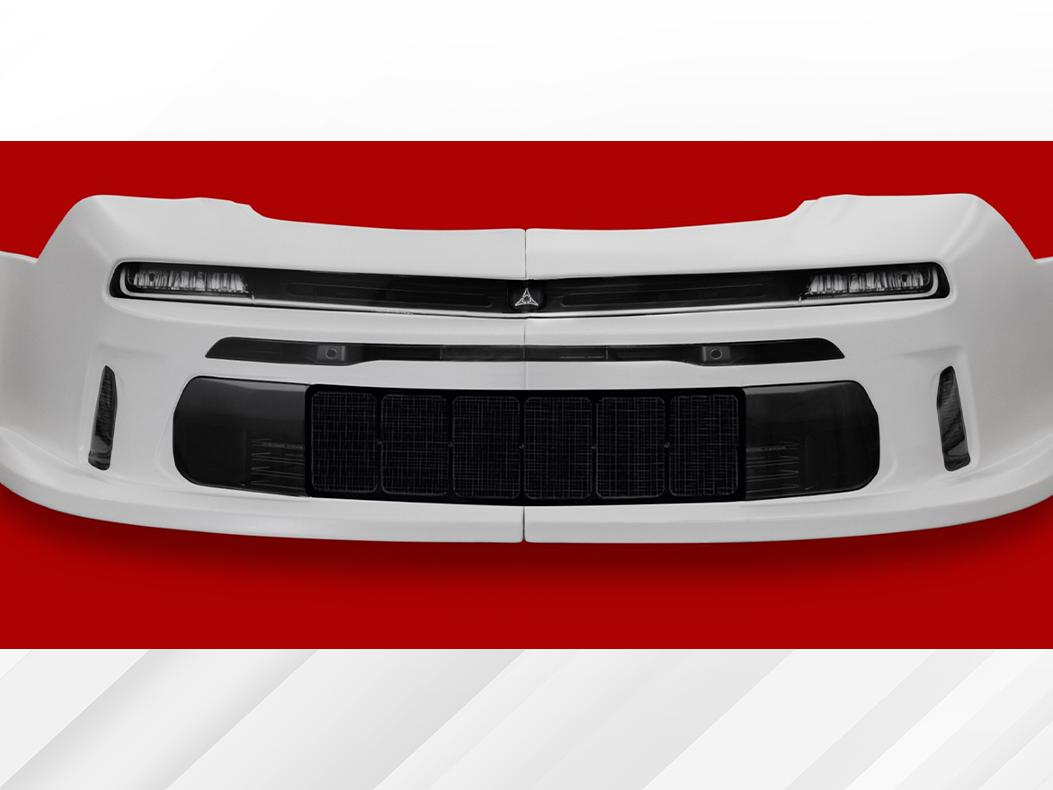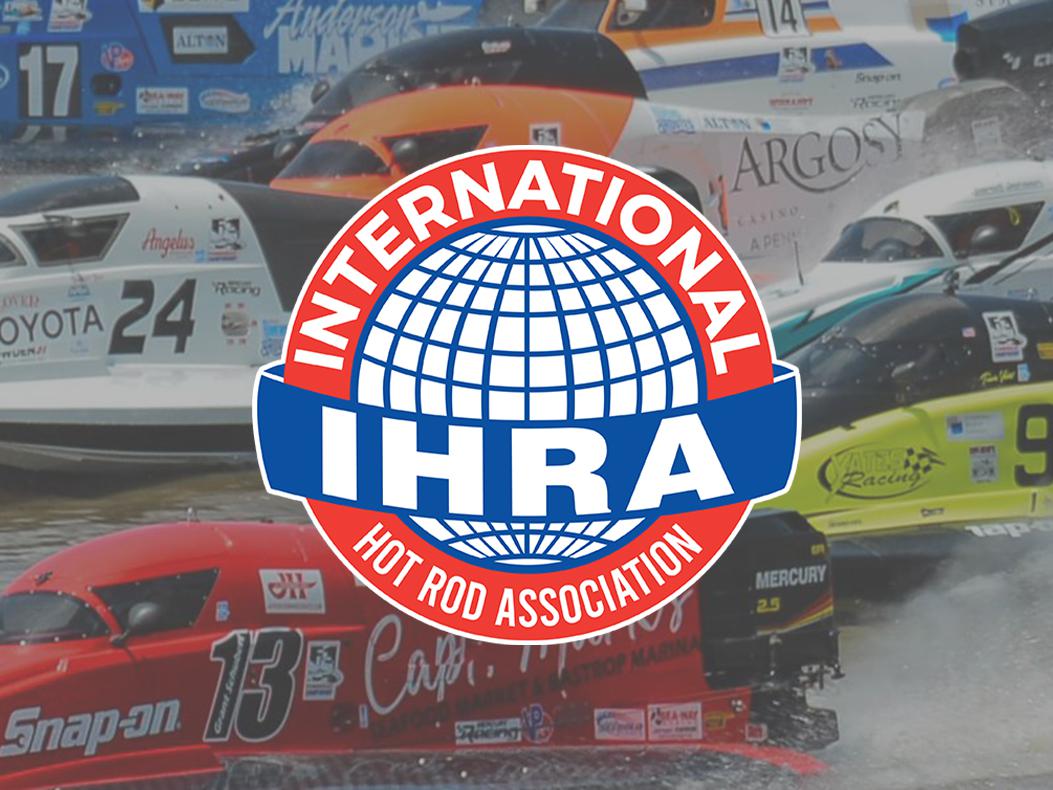Know Before You Go: U.S. Customs Requirements to Bring a Race Car Into the United States

It is critical that racers based abroad understand the laws governing bringing a race car across the U.S. border to compete on the track. To follow is information on the requirements of the U.S. Customs and Border Patrol Agency (CBP), the National Highway Traffic Safety Administration (NHTSA), and the U.S. Environmental Protection Agency (EPA) to import a race vehicle into the U.S. Given that the EPA and NHTSA require you to obtain their approval prior to bring your race vehicle into the U.S., it is recommended that applications are submitted (processes outlined below) to the agencies a minimum of 30 days prior to the date you plan to go through U.S. Customs. Please note that the following does not constitute legal advice and is provided for information purposes only.
The process of importing a race vehicle into the U.S. for the purpose of competing in a motorsports competition requires the importer to obtain the following prior approval prior to arriving at a U.S. port of entry:
- An importation approval letter from NHTSA and, upon arrival, an HS-7 Declaration with Box 7 of the form checked declaring that, while the vehicle does not comply with the Federal Motor Vehicle Safety, Bumper, and Theft Protection Standards, it is imported solely to participate in racing events;
- A copy of an approval/exemption email from the EPA, along with EPA Form 3520-1 completed and attached; and
- The importer must have a Temporary Importation Bond (TIB) or an ATA (Admission Temporaire/Temporary Admission) Carnet.
The information provided in this article does not, and is not intended to, constitute legal advice. All information is for general informational purposes only. Readers should contact their attorney to obtain advice with respect to any particular legal matter.
To follow are sections outlining in greater detail the process for obtaining approval from NHTSA, EPA, and U.S. Customs:
NHTSA Requirements
NHTSA approval for the importation of purpose-built and converted race vehicles can be obtained on a temporary basis using NHTSA's new digital vPIC website (referred to as "obtaining a Box-7 permission letter"). Note: the agency no longer processes paper applications.
Please follow the instructions for uploading the required documentation and complete the Temporary Exemption checklist. Once NHTSA approves your application and provides you with a Box-7 permission letter, you must provide a copy of it to U.S. Customs at a port of entry and fill out the HS-7 Declaration form (be sure to check Box 7). If you have questions about your Box-7 application or its status, you can email NHTSA at box7imports@dot.gov.
EPA Requirements
Once you submit an application for a Box-7 permission letter, you must also obtain the EPA’s approval to bring the vehicle into the U.S. The agency requires you to email them a hand-signed letter to imports@epa.gov. The agency recommends that you allow 14 to 21 business days for processing, so it’s best to submit your letter to the EPA at least 30 calendar days prior to when you’re planning to bring the vehicle into the U.S. In your request, the EPA asks you to provide the following information:
- Importer's name, address, email address, and daytime telephone number.
- Vehicle information (make, model, model year, and VIN).
- A list of racing features that make the vehicle a racing vehicle.
- A list of features customarily associated with safe and practical street or highway use, which are lacking (i.e. features that have been removed or have never been installed that would permit safe driving on streets or highways).
- At least five photographs showing the front, rear, each side view, and the interior.
The following, additional information is optional, although the EPA notes that, if this information is included, it may help to expedite your request:
6. The name of the sanctioning body and competition class for the race(s) you will compete in while in the U.S.
7. A schedule of racing events, including dates and locations where the vehicle will participate while in the U.S.
The request letter should be addressed as follows:
Imports Helpline
U.S. Environmental Protection Agency
Compliance Division
Attention: David C. Hurlin
2000 Traverwood Drive
Ann Arbor, MI 48105
Please note that not all vehicles used in races are excluded from emissions compliance. Determinations are based on the capability of the vehicle, not its intended use. Also, your vehicle may not be registered or licensed for use on public roads or highways or operated on public roads or highways.
Once the EPA provides approval, you will need to bring a copy of the agency's approval message with you along with a filled-out copy of form 3520-1 (declare code "L") to provide to CBP when crossing the border.
CBP Requirements
U.S. Customs requires racers to also have a Temporary Importation Bond (TIB) or an ATA (Admission Temporaire/Temporary Admission) Carnet to bring a race vehicle into the U.S. (more on each below):
- A TIB is a temporary importation of goods under bond, not imported for sale or sale on approval, without payment of duty with the intent to export or destroy the goods within a certain period. Foreign importers who use the TIB to temporarily enter goods into the United States must file either:
- CBP Form 3461, "Entry/Immediate Delivery," or
- CBP Form 7501, "Entry Summary" to clear their shipment.
- A TIB can be acquired through a licensed Customs Broker, in most cases the same day, unless additional documentation is required and not present.
- An ATA Carnet is an international customs and temporary export-import document. It is used to clear customs without paying duties and import taxes on merchandise that will be re-exported within 12 months.
According to the CBP, "if the contests are for other than money purposes, the vehicle may be admitted for 90 days without formal entry or bond if the CBP officer is satisfied as to the importer's identify and good faith."
Additionally, below are some do's/don'ts that should be helpful in assisting you when bringing your race car (purpose build or converted) into the U.S.:
Do's:
- Be polite and respectful at the border with all employees/agents you encounter (e.g., turn off your radio; do not wear sunglasses or a hat obscuring your face for personal identification).
- Have your paperwork in order.
- Be prepared to answer questions.
- If the purpose-built sports racing car noticeably resembles a standard production car, be prepared to explain why you do not need EPA approval.
- For a converted race car, be prepared to provide information such as:
- Importer's/owner's name, address, and daytime telephone number.
- Vehicle information (make, model, model year).
- A list of racing features that make the vehicle a racing vehicle.
- A list of street features that your race vehicle lacks (features that have been removed or have never been installed that would permit safe driving on streets or highways).
- Clear color photographs showing the front, rear, and each side view; and for cars, photographs of the entire interior.
- The name of the race-sanctioning body.
- Name of the racing series and copy of the racing license for that series.
- A printed schedule of racing events, that includes dates and locations where the vehicle will participate.
Don'ts:
- Be argumentative.
- If claiming the vehicle is a purpose-built race car, do not have a license plate on it.
- If claiming the vehicle as a purpose-built race car, make sure that the vehicle has race wheels rather than those that appear to be for street use.
For more information, contact Eric Snyder, SEMA & PRI's senior director for federal government affairs, at erics@sema.org.
 MEMBERSHIP LOGIN
MEMBERSHIP LOGIN JOIN PRI
JOIN PRI


